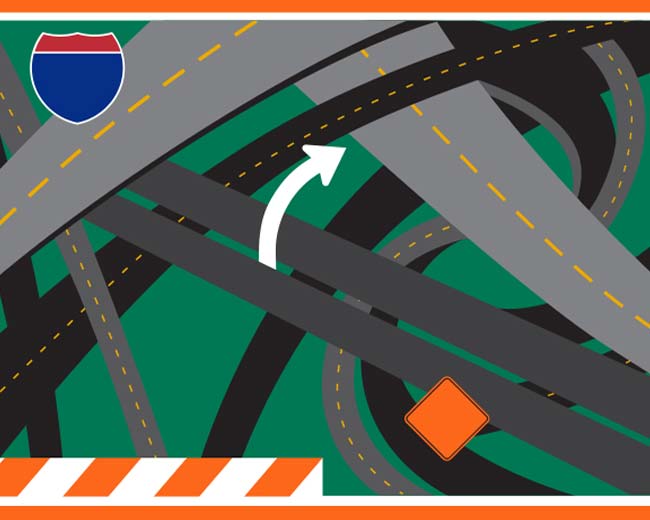The Reichsautobahn
The First Interstates
During the 1930s, Germany’s Autobahn became a showpiece of Nazi engineering. The multilane, limited-access freeways connected many of the major cities in Germany. The first section of freeway opened in 1932 between Cologne and Bonn. When Adolf Hitler became Reich Chancellor in 1933, he embraced the idea of building a national system of roadways alongside many other ambitious construction projects. He saw that the project would not only serve military and civilian transportation needs, but it would also provide work for tens of thousands of unemployed men.

